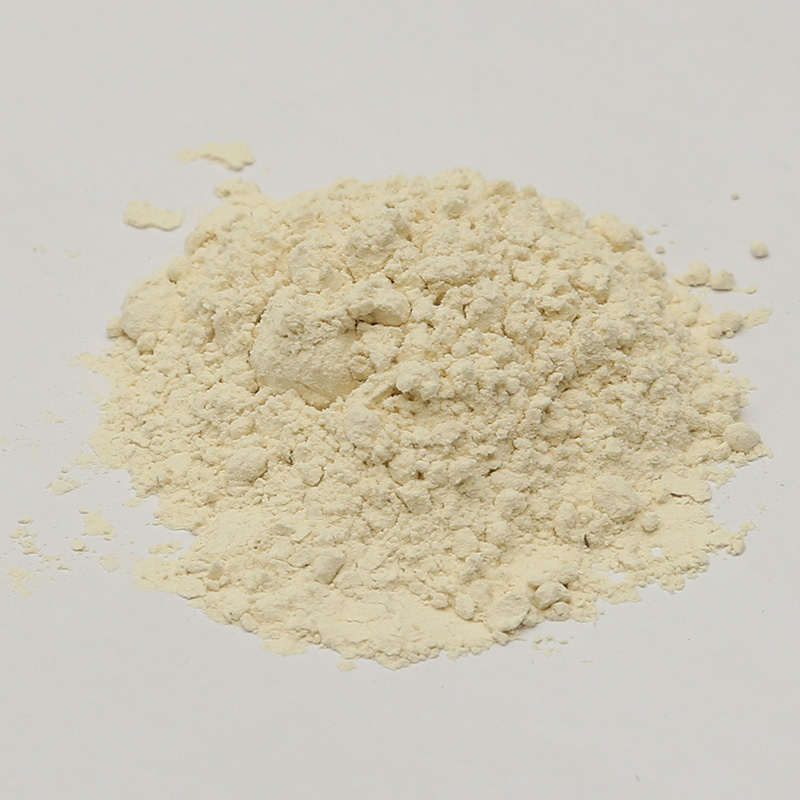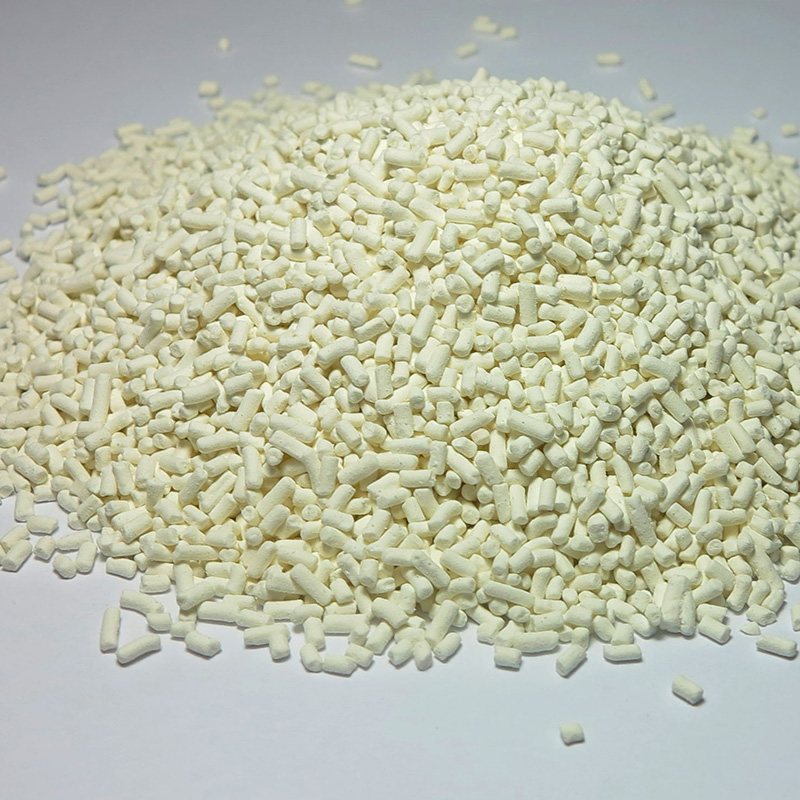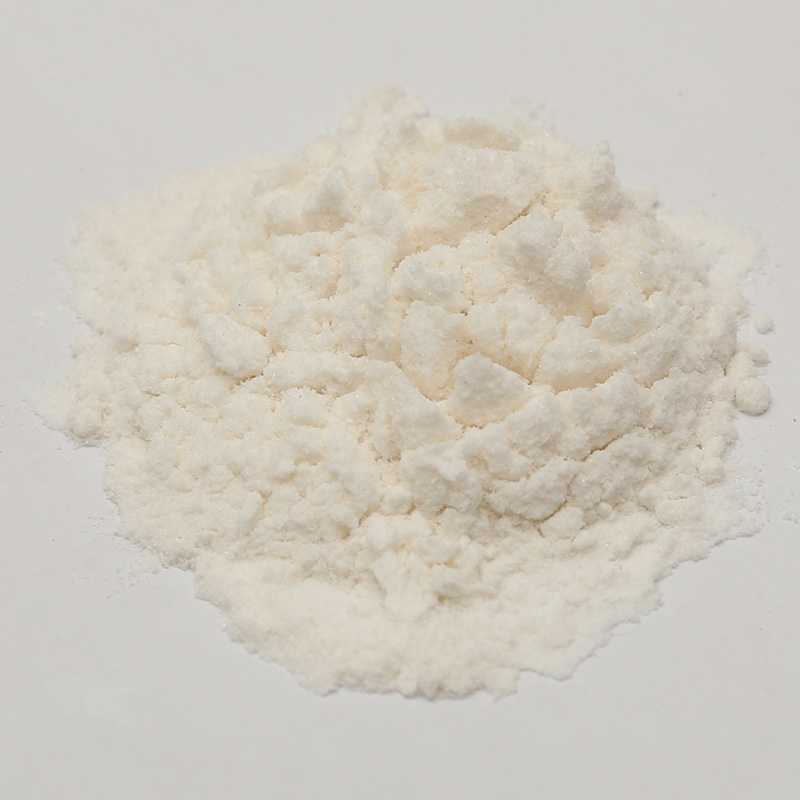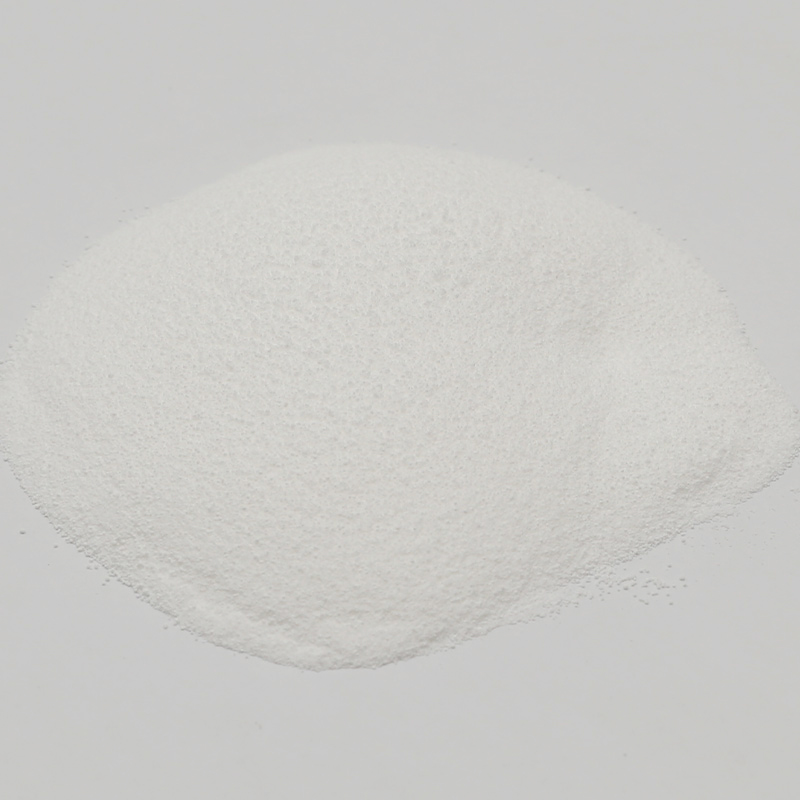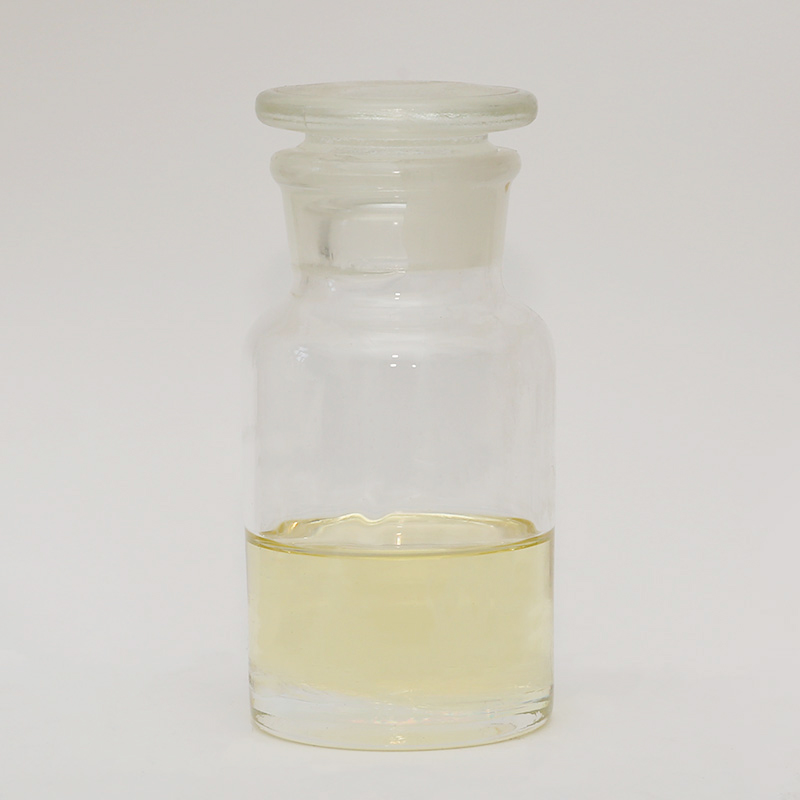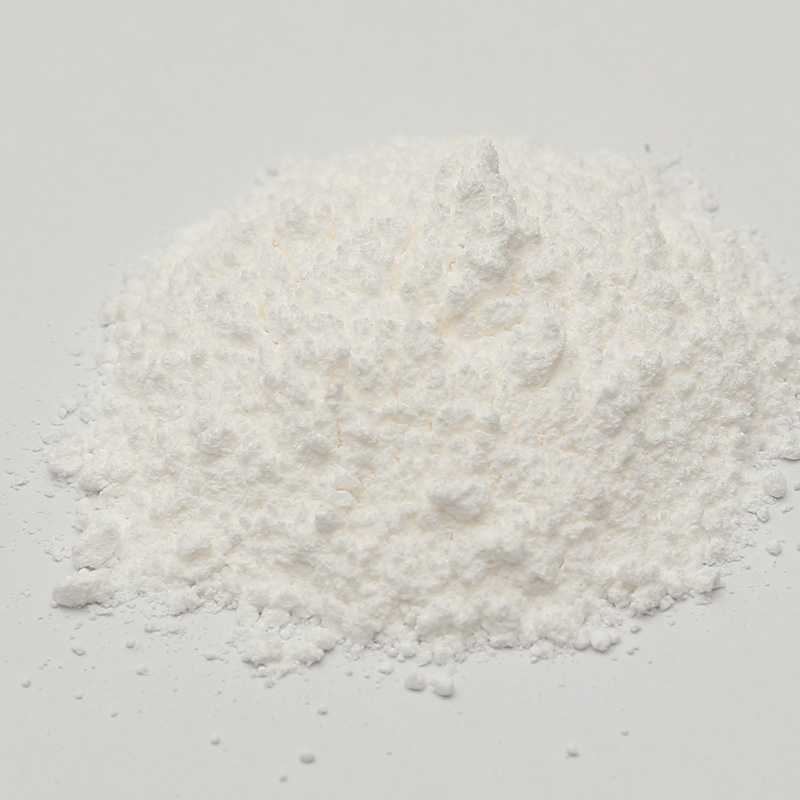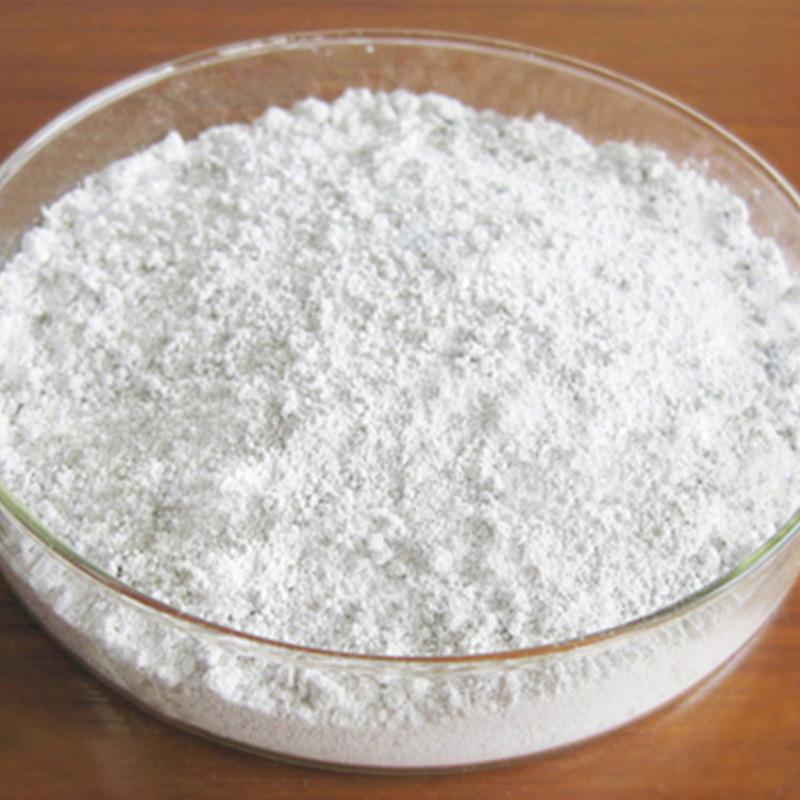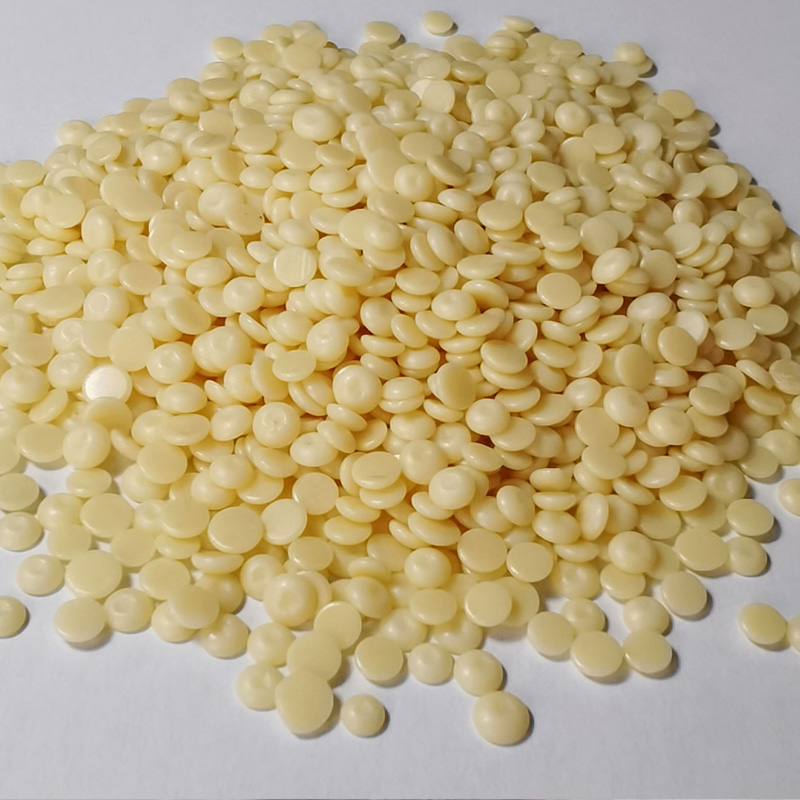In various industries, securely bonding materials is an essential part of the production process. Among the different bonding solutions available today, the Rubber Adhesive Agent stands out for its versatility and reliable performance. This adhesive solution has become a popular choice in sectors such as automotive, electronics, construction, and footwear, offering a practical way to join rubber, plastics, textiles, and metals with consistent results.
A Rubber Adhesive Agent is designed to create strong, flexible bonds between materials, making it suitable for both industrial and consumer applications. One of its major advantages is its ability to maintain elasticity after curing, which allows bonded materials to withstand bending, stretching, or compression without losing adhesion. This makes the Rubber Agent particularly valuable in applications where materials experience constant movement or exposure to changing environmental conditions.
Another benefit of using a Rubber Adhesive Agent is its compatibility with a wide range of materials. Whether used on natural rubber, synthetic polymers, metals, or fabrics, this adhesive can provide reliable bonding strength. This feature simplifies production processes because manufacturers do not need to stock multiple adhesive types for different substrates. A single Rubber Agent formulation can often meet various bonding requirements within a single assembly line.
The durability offered by a Rubber Adhesive Agent is another reason for its popularity. It resists common factors like moisture, heat, and vibration, which can compromise other bonding methods. In industries such as automotive manufacturing, where components are regularly exposed to harsh operating environments, the Rubber Agent helps maintain secure connections over time, contributing to product stability and performance.
Ease of application is an additional advantage of the Rubber Agent. It can be applied using brushes, rollers, spray systems, or automated dispensers, depending on the production scale and material type. This flexibility in application methods allows manufacturers to incorporate the adhesive into existing workflows without extensive modifications or equipment investments.
Fast setting times are another characteristic valued by many industries. A Rubber Adhesive Agent often cures within a relatively short period, allowing bonded materials to move quickly to the next production stage. This improves overall efficiency and reduces delays in assembly lines or product finishing processes. The ability to bond quickly while maintaining reliable adhesion contributes to streamlined operations.
In applications where flexibility is crucial, the Rubber Adhesive Agent performs well under physical stress. Items that must bend, stretch, or endure repetitive movement benefit from this adhesive’s capacity to absorb impact without cracking or peeling. This property is especially important in footwear, sports equipment, and electronic devices that require a combination of strength and resilience.
Another key feature is the chemical resistance of a Rubber Adhesive Agent. It remains stable when exposed to oils, fuels, and solvents, making it a practical choice for environments where chemical exposure is a factor. This resistance helps prolong the lifespan of bonded products and ensures their functionality even under demanding conditions.
The Rubber Adhesive Agent is also valued for its ability to bond dissimilar materials. In manufacturing processes where rubber must be attached to metal or plastic components, this adhesive provides a consistent and reliable solution. Its ability to adhere to different surfaces without compromising bond strength reduces the complexity of multi-material assemblies.
In construction and repair work, the Rubber Adhesive Agent is often used for sealing joints, repairing rubber parts, or installing insulation. Its ease of use and adaptability make it suitable for both professional contractors and DIY applications. It can also be found in flooring, roofing, and waterproofing products, offering dependable adhesion in areas prone to moisture or temperature fluctuations.
The adhesive film formed by a Rubber Adhesive Agent remains flexible after curing, reducing the risk of joint failure in products that experience regular expansion and contraction. This ensures that bonded parts remain securely connected over extended periods, reducing maintenance costs and the need for frequent repairs.



 English
English Português
Português Español
Español русский
русский 中文简体
中文简体